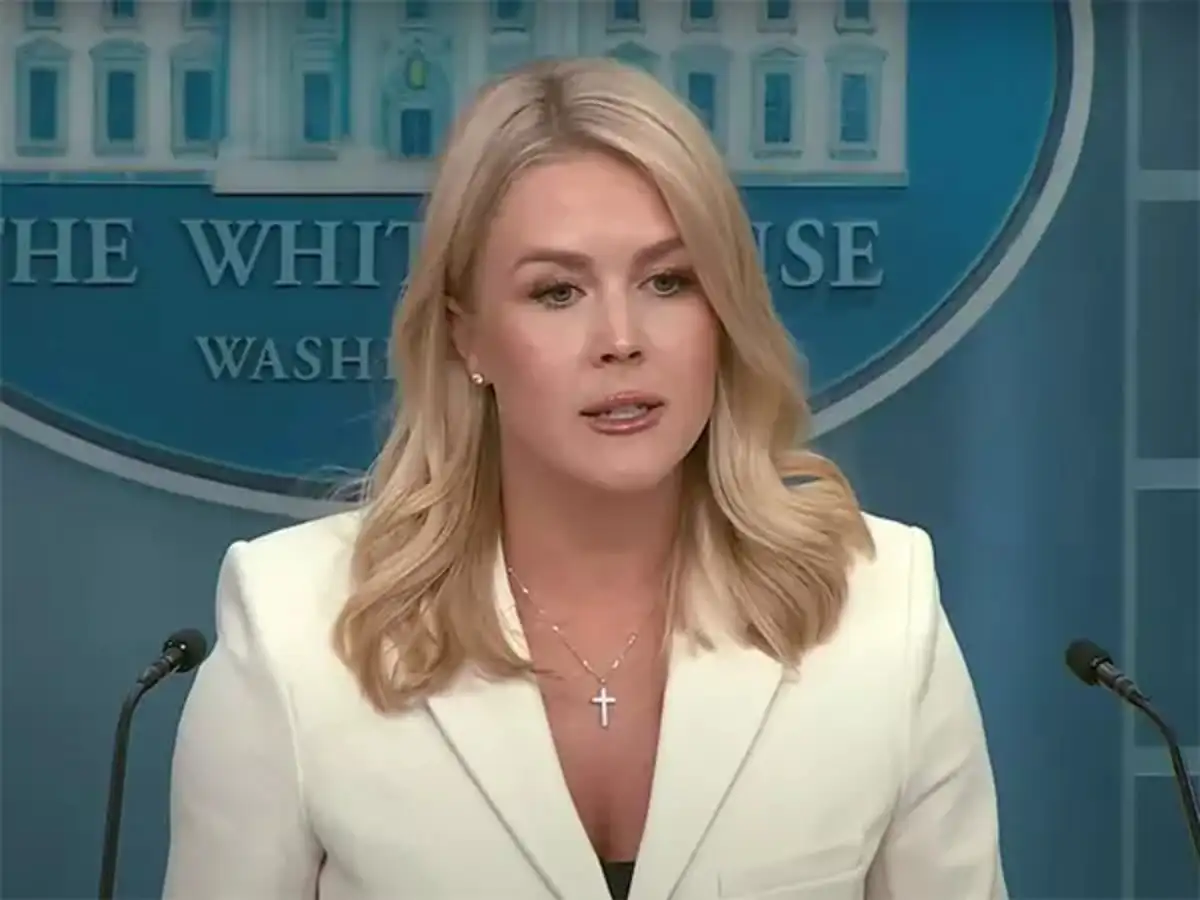The White House has confirmed that a long-awaited trade agreement between the United States and India is on the verge of being finalised, with an official announcement expected in the coming days. This development comes as both countries race against a July 9 deadline, after which reciprocal tariffs of 26% on Indian goods are set to be reimposed if a deal is not reached.
White House press secretary Karoline Leavitt, addressing the media in Washington, described India as a “very strategic ally” and highlighted the strong personal rapport between President Donald Trump and Prime Minister Narendra Modi. She stated, “The President said last week that the US and India are very close to a trade deal, and it remains true. I just spoke to our Secretary of Commerce about it. They are finalising these agreements, and you’ll hear from the President and his trade team very soon when it comes to India”.
The trade talks have reached an advanced stage, with most technical issues resolved. However, a few sensitive matters, particularly concerning agriculture and dairy market access, remain under negotiation at the highest political level. Indian officials have extended their stay in Washington to ensure that the interests of Indian farmers and the domestic agriculture sector are protected. Sources close to the talks have indicated that while India is open to some tariff adjustments, it has drawn clear “red lines” on concessions related to genetically modified crops and dairy imports, areas considered crucial for food security and rural livelihoods.
The urgency to conclude the agreement is heightened by the impending expiry of a 90-day tariff freeze, which was put in place to allow negotiators time to iron out differences. The United States has been pressing for greater market access for its agricultural products, including rice, almonds, apples, and genetically modified soy, as well as reduced tariffs on automobiles and other industrial goods. In return, India is seeking relief from high US tariffs on steel, aluminium, and auto parts, and hopes to secure better access for its textiles, footwear, pharmaceuticals, and digital goods.
Benefit for India
Experts suggest that the most immediate benefit for India would be the avoidance of the additional 26% tariff on its exports to the US, which would otherwise take effect after July 9. Sectors such as textiles, jewellery, footwear, and pharmaceuticals could see significant export gains if duty relief is phased in. However, trade analysts caution that the overall benefits for India may be limited, as the US is unlikely to roll back all existing tariffs, and the deal does not represent a comprehensive free trade agreement but rather a series of sector-specific adjustments.
The broader strategic context of the deal is significant. The announcement coincides with External Affairs Minister S Jaishankar’s visit to the US for the QUAD Foreign Ministers’ Meeting, underscoring India’s growing role as a key partner in the Indo-Pacific region. The US sees the agreement as part of its strategy to strengthen alliances and counterbalance China’s influence in Asia.
Both governments have set an ambitious target to double bilateral trade to $500 billion by 2030, under what they have called “Mission 500”. Early steps already taken include India lowering tariffs on select US products such as bourbon, motorcycles, ICT goods, and metals, and the US enhancing market access for Indian mangoes and pomegranates. The two sides have also committed to work together on reducing non-tariff barriers and deepening supply chain integration.
While the final contours of the deal are yet to be revealed, the mood in both capitals is one of cautious optimism. As External Affairs Minister Jaishankar remarked, “We are in the middle — more than the middle — of a trade negotiation. I hope to bring it to a conclusion, but I can’t guarantee it as there is another party involved. We have to find a meeting ground. Watch this space over the next few days”.
If concluded, the agreement is expected to boost investor confidence, make American products more affordable for Indian consumers, and open new avenues for Indian exports to the US. However, the full impact will depend on the fine print, particularly regarding sensitive sectors like agriculture and dairy, where Indian negotiators are determined not to compromise on national interests.


